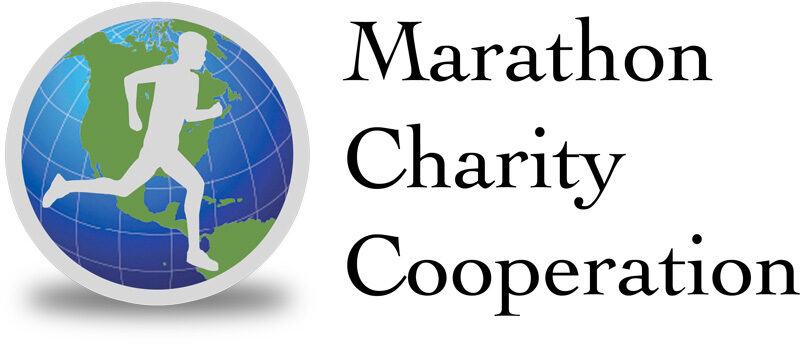You don’t need a watch, a heart rate monitor, a GPS system, or a gallon of Gu.
By Amby Burfoot
Every time I look at the data from a recent study of marathon pacing, I see the same thing: blinking red lights. The study is trying to tell us something—something much more important, I believe, than the obvious fact that marathon-running is tough on the leg muscles. Newswire first reported the study here; you can find the free full text here.
Here’s what I found strange and informative about the study. The runners held their pace for 13.1 miles, but then slowed dramatically. But wait. We all know The Wall doesn’t hit you until 20 miles. There’s no physiological reasons for marathoners to suddenly fatigue at the halfway point. What gives? Why did the runners crash at 13.1 miles? (Note the graph at the bottom of this page.)
My guess: The runners were relying too heavily on high goal-setting, heart-rate monitors, GPS systems, equivalent-performance tables, and the like. In other words, they used one or several of these tools to pick a goal pace faster than their actual race-day fitness. That’s what we high-success, high-determination, Type A runners often do.
And it works well for half the race, because marathon pace is relatively easy to hold for a substantial number of miles. But the halfway point is a critical juncture in the marathon. It’s where you do a major full body scan to re-evaluate how things are going. It’s where you listen, often for the first time, to what your Brain-Body is telling you. (I’m going to use B-B from this point in reference to the exquisite feedback loop that connects your brain and your body, especially your muscles.)
If you’ve been running too fast for the first 13.1, your B-B is going to say, “Dude, we’re tired. More tired than we should be at this point. So take it easy, okay.” And you’re going to slow down substantially for the second 13.1 miles. Not because you’ve run out of muscle glycogen—you haven’t; you haven’t hit The Wall. But you have run beyond your B-B potential for the day, and now you begin to pay the price.
There’s a better way to run your race: “Listen to your body,” i.e., pay attention to your B-B signals from the very first step. In fact, get rid of all the fancy, external equipment. It knows little about how you’re feeling on race day, what the temperature is doing, where the wind is coming from, how much sun is shining in your face, or that nasty Heartbreak Hill at the 20-mile mark.
The fancy stuff knows how to pick an arbitrary pace that you can’t actually maintain for 26.2 miles. And your B-B monitor? It performs the miracle of big-data algorithmic data-crunching to keep you running at your optimal pace to the finish line.
This B-B advice is difficult for many to follow. They just don’t believe it. (This is the same crowd that doesn’t believe they can “drink as necessary.” They want a formula for everything. People: Here’s your chance; change your ways. Start believing that you Brain-Body is the most amazing computer ever invented, perfectly capable of selecting your race pace and drinking rate under all known conditions. Okay, end of lecture.)
Look at it this way: You don’t start 5K races at marathon pace, or marathon races at 5K pace. Not if you’re a modestly experienced runner. Your B-B picks the right pace for you to run automatically. It knows what it’s doing—more than you give it credit for.
On April 15, a friend will be running Boston. That comes as quite a surprise to her, because she had given up on qualifying. She had so given up that she ran Big Sur without a watch last year. She didn’t know her splits or check the course clocks; she just ran the way she felt. Result: She ran strong the whole way, finished about 15 minutes faster than expected, and qualified for Boston.
Here’s what I love about B-B pacing. In my experience, it tends to set your pace at about 98-percent of max. I think the Brain-Body likes to hold a little in reserve, just in case. Call it “contingency planning,” or just call it “smart.”
Now we all know that “red lining” at 100-percent is tough work. Surprisingly, 98 percent feels noticeably easier, even though you might only be going two or three seconds-per-mile slower. That is, the perceived effort of 98-percent running is definitely less than 100-percent, but the seconds lost are few. It’s a bargain—a value proposition, a sweet spot.
B-B pacing delivers a lot of bang for the buck, and leaves you room for negative splits or an impressive kick if you’re having a good day. B-B pacing works at all distances. It’s just that the rewards are greatest in the marathon. Why not give it a try?
Determine your pace, time or distance on our pace calculator page.
